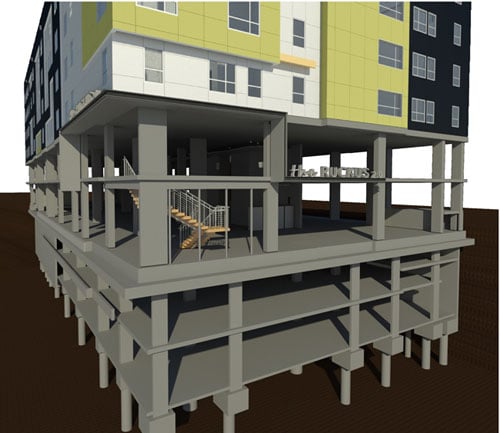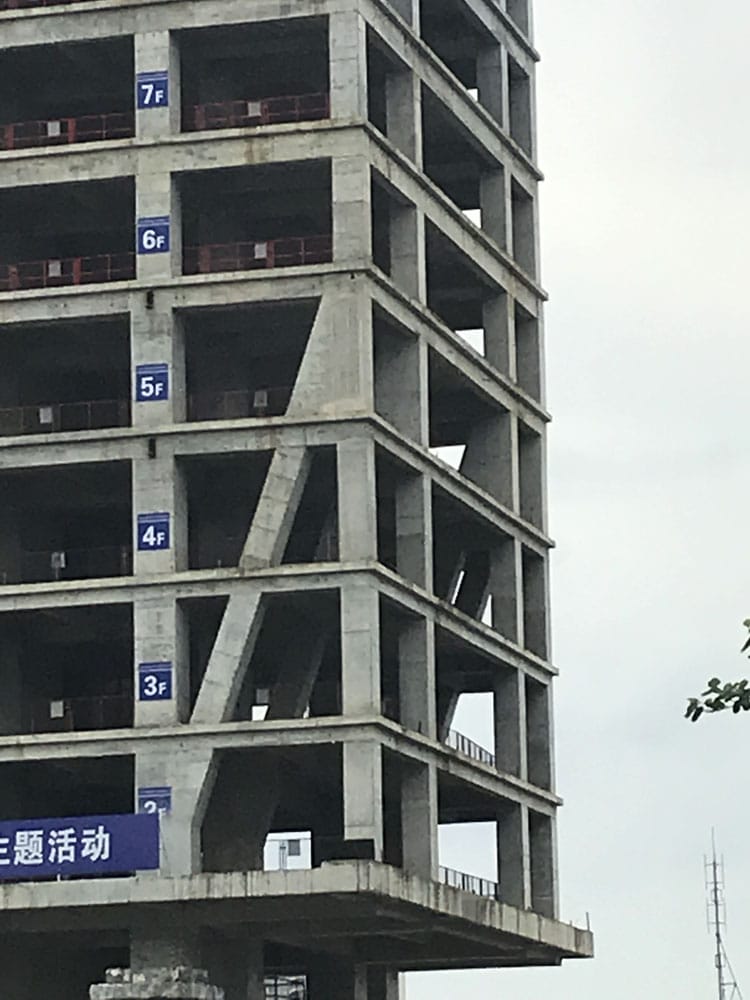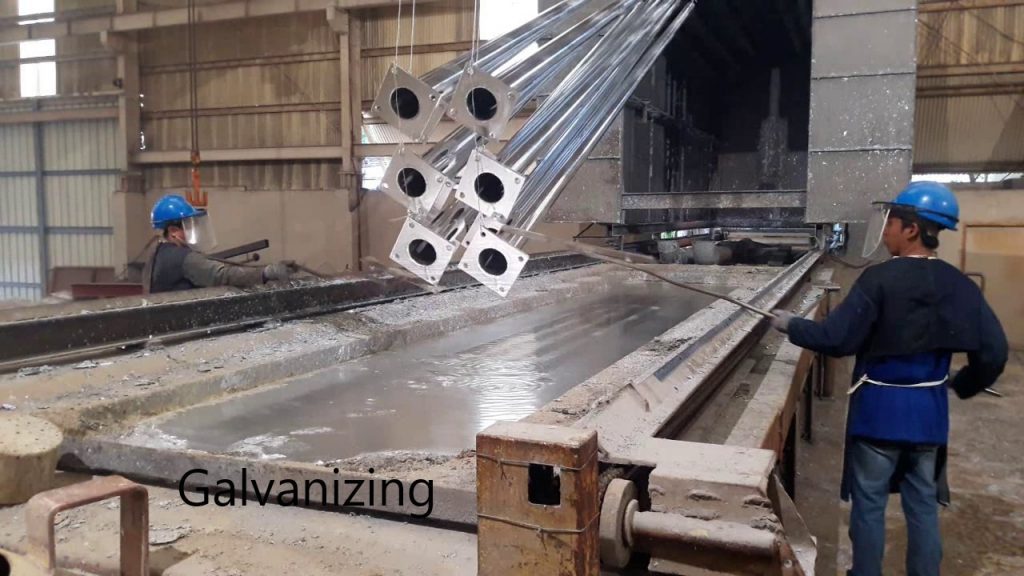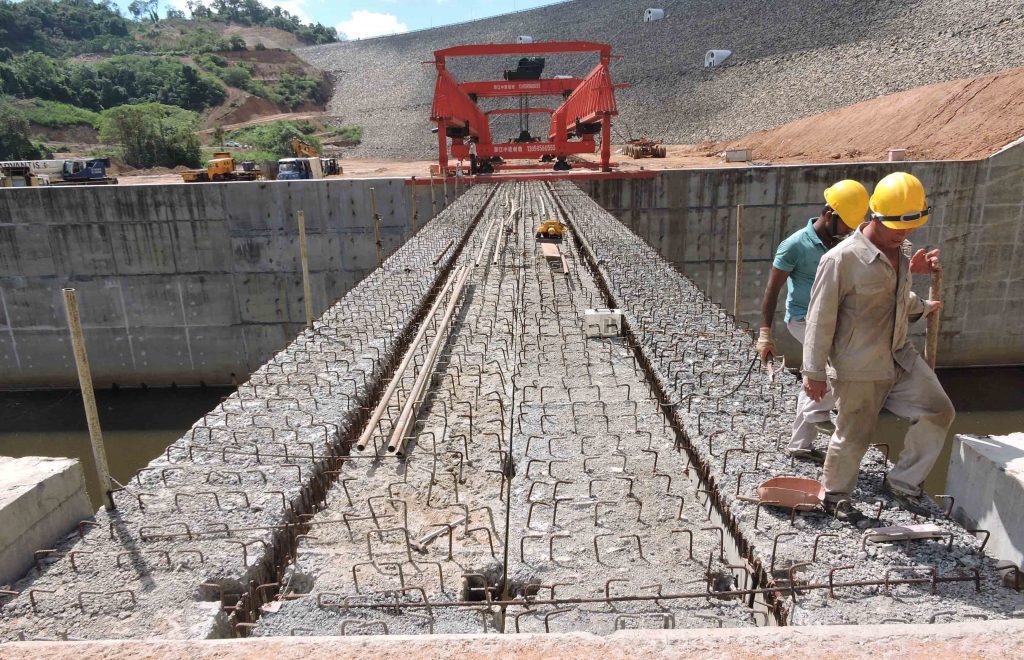The floating columns are used as a structural element that carries the loads or it is used to confine the materials like a brick in construction to avoid thermal cracks.
Mainly there are two types of floating columns in building or any other structures.
- Structural Floating Columns
- Stiffnere Columns
Both types of columns are very important in construction and the purpose of using them is very different.
Let’s discuss them one by one.
Structural Floating Columns
The structural column is an element that carries the load transferred from slabs, beams, corbels, or any other element connected to it.
Mainly the loads are in the form of tension or compression. Thus, structural floating columns can be categorized into two main categories.
- Compression Columns
- Tension Columns
Compression Columns
Columns that carry the axial compression are fallen into this category. Floating columns are used widely as structural columns in building construction.
The different occasions that we construct the floating column can be highlighted as follows.
- In transfer Floors
Generally, it is required to have a higher spacing between columns to accommodate requirements such as car packing, vehicular movement, functional requirements, etc.
Since it is not economical and viable to continue the column at the same spacing, column spacings are reduced by constructing transfer floors.

A transfer floor could be a set of deep beams connected together or flat plate (Thick concrete slab).
The columns starting from the transfer floor are floating column and they are structural columns.
- In Normal Buildings
Even in a normal building, if we can’t continue the existing columns though it is a small building, we start new column form beams.
It also serves as a structural column and carries the load for the structural elements.
Tension Columns
Columns that carry the axial stress as tension in addition to the stresses applied due to the bending are fallen into this category.
Tension columns could be constructed due to several reasons.
- When we cannot continue the column to the upper level and if we can construct columns beyond the upper level, we consider to have tension columns to carry the axial tensile stresses.
- When we need space at ground level to accommodate the services or any other requirements, we may construct the tension column.
The following figure indicates such a tension column constructed in a building.

Floating Column Design
A floating column design needs to be done with much care. Further, floating column details shall also be done in accordance with the structural design as the consideration of the design shall reflect in the detailing.
Wrong design and detailing practices could lead to column failures.
Floating column design shall also be done similarly to other columns; however, there are important things to be considered in the design.
- Compression Column
Carefully calculates the axial load. A different option could be considered for evaluating the axial load. For example, consider a floating column in a transfer floor. Since the columns are supported by a thick slab of deep beams, their deformations affect the axial loads in columns
Therefore, pin support condition at the transfer floor level, the effect of three-dimensional action, etc shall be considered to evaluate the axial load.
Evaluation design moments shall also be done in a similar manner.
Depending on the column height, dimensions column shall be categorized and design in accordance with the design standards.
- Design of Tension Column
Not like the compression column, the tension column is subjected to tensile stress.
Since the concrete can not carry the tensile stresses, it has to be done by the reinforcements.
Limitation of tensile stress in the concrete could be done by increase the reinforcements.
Stiffener Columns as Floating Columns
Stiffener columns are also kind of floating columns constructed for a purpose like avoiding cracking of brick walls.
In general, the area of a brick wall is limited to about 12m2 to avoid cracking due to the thermal effects. When the area covered by concrete beam and column frame is grater than 12m2, stiffener beams and columns are constructed confine the brick wall with concrete elements.
In addition, stiffener columns are constructed when they required to fix different elements.


